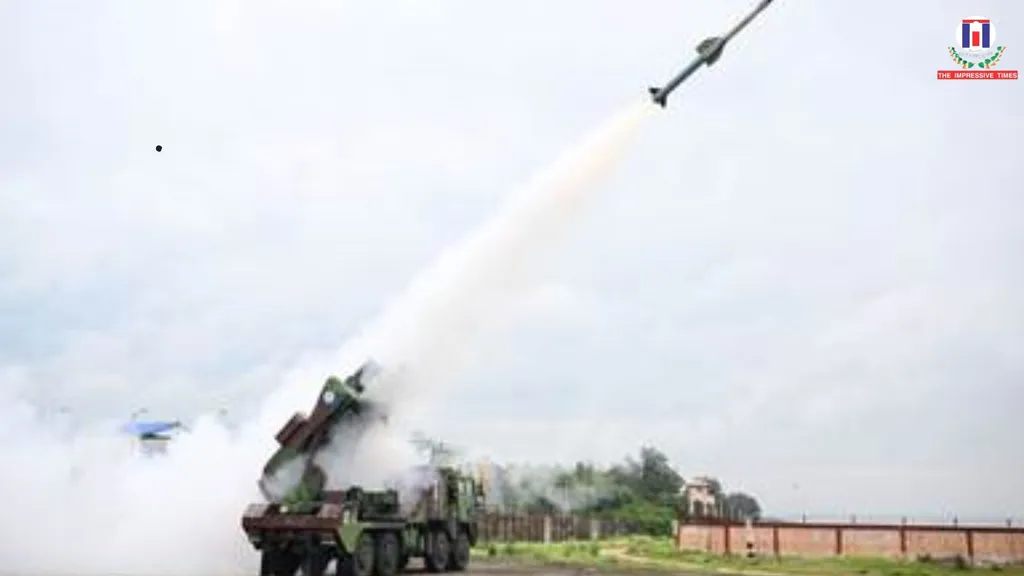The Defence Research and Development Organisation (DRDO) has achieved a significant milestone in India’s air defence capabilities with the successful maiden trials of the Integrated Air Defence Weapon System (IADWS). Conducted off the Odisha coast on August 23, the trials demonstrated the system’s ability to intercept and neutralise multiple aerial threats simultaneously, underscoring India’s growing prowess in indigenous defence technology.
The IADWS is a state-of-the-art, multi-layered defensive shield that integrates three cutting-edge technologies: the Quick Reaction Surface-to-Air Missile (QRSAM), the Advanced Very Short Range Air Defence System (VSHORADS), and a high-power laser-based Directed Energy Weapon (DEW). A centralised command and control centre, developed by the Defence Research & Development Laboratory, orchestrates the entire system, ensuring seamless coordination between its components.
During the trials, the IADWS successfully intercepted and destroyed three distinct aerial threats—two high-speed unmanned aerial vehicles (UAVs) and a multi-copter drone—at varying ranges and altitudes. This feat showcased the system’s ability to integrate missile interceptors, laser weapons, radars, and communication networks into a cohesive defence framework. The Integrated Test Range at Chandipur confirmed the success of the trials through its advanced tracking and monitoring systems.
Defence Minister Rajnath Singh hailed the achievement as a landmark in India’s air defence capabilities. “This breakthrough is a testament to the hard work and dedication of DRDO scientists, the armed forces, and the defence industry,” Singh said. “The IADWS will significantly enhance our ability to protect critical assets against hostile aerial intrusions.”
DRDO Chairman and Secretary of Defence R&D, Dr. Samir V. Kamat, echoed the sentiment, congratulating the teams involved in the project. “The success of the IADWS marks a major step forward in our efforts to build a comprehensive indigenous air defence system,” Dr. Kamat said. “This system will play a crucial role in countering evolving aerial threats.”
The integration of the QRSAM, VSHORADS, and DEW technologies represents a significant leap in India’s defence capabilities. The QRSAM provides rapid response against incoming aerial threats, while the VSHORADS offers advanced short-range air defence. The laser-based DEW adds a new dimension to India’s defensive arsenal, leveraging directed energy to neutralise threats with precision and speed.
The successful trials of the IADWS come at a time when India is increasingly focused on strengthening its air defence capabilities in response to regional security challenges. The system’s ability to operate in a networked environment, combining multiple defence layers, aligns with global trends in modern warfare, where layered defence and rapid response are critical.
As India continues to invest in indigenous defence technologies, the IADWS stands as a testament to the country’s growing self-reliance in military innovation. The success of this project is likely to spur further advancements in air defence systems, positioning India as a key player in the global defence technology landscape. The IADWS not only enhances India’s ability to counter aerial threats but also sets a precedent for future defence collaborations and technological advancements.

